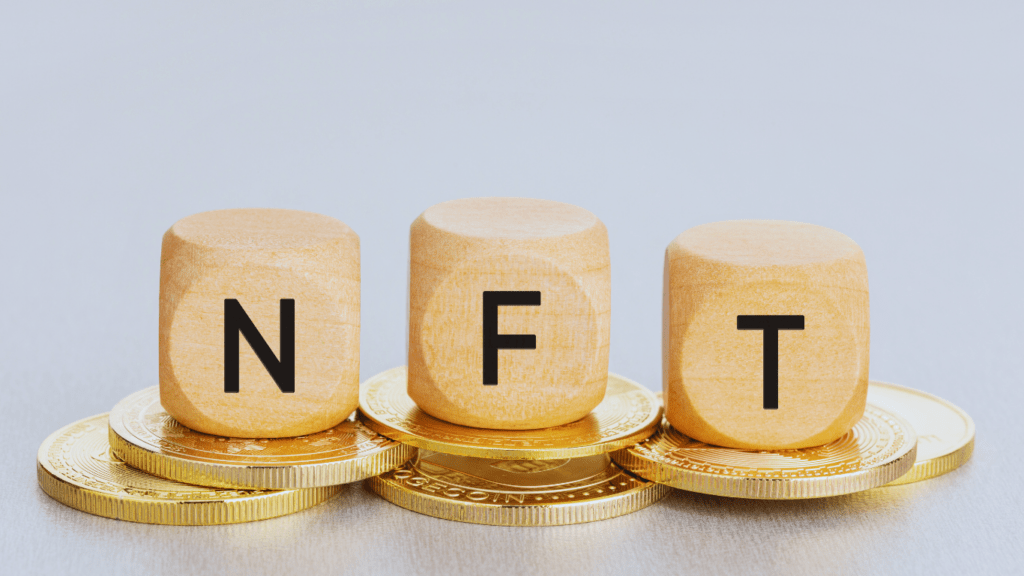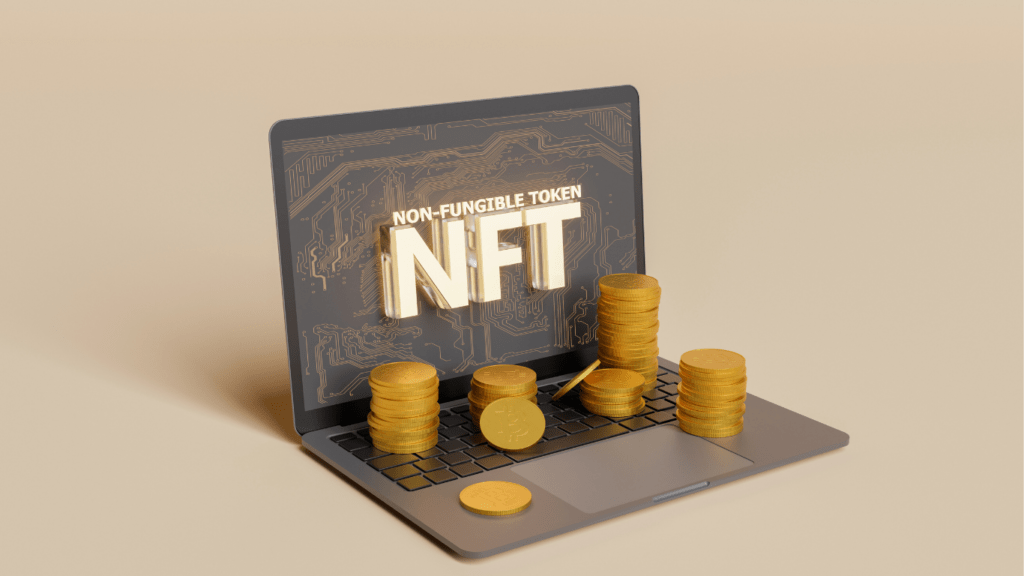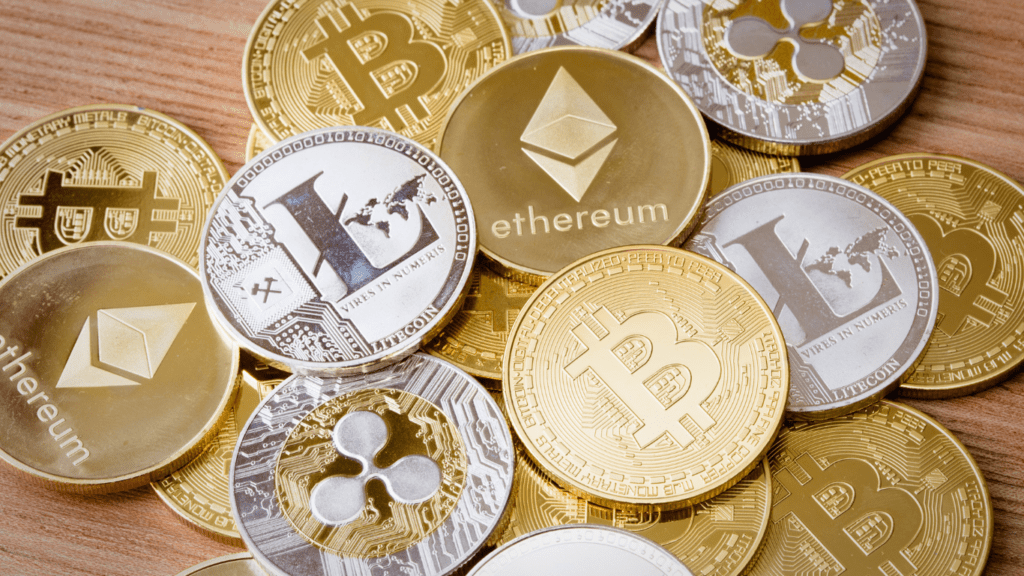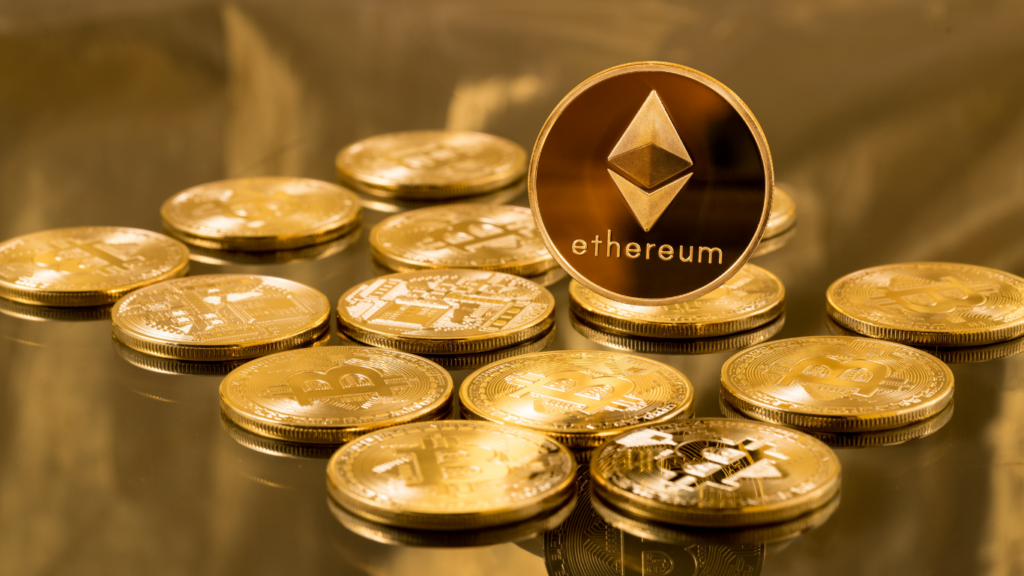The world of digital assets has exploded, with NFTs and tokenized assets taking center stage. From digital art to real estate, these blockchain-based innovations promise to revolutionize how we own and trade assets. But with all the hype, I can’t help but wonder—are they truly worth the risk?
While some see NFTs as a golden opportunity, others caution against their volatility and speculative nature. The potential for high returns is tempting, but the uncertainty surrounding regulation and market stability raises important questions. Let’s dive into what makes these assets so intriguing and whether they’re a smart move or just a gamble.
Understanding NFTs And Tokenized Assets
NFTs and tokenized assets represent a new wave of digital ownership. They’re disrupting traditional markets by providing unique opportunities for investment and trading.
What Are NFTs?
NFTs, or non-fungible tokens, are unique digital assets stored on a blockchain. They represent ownership of specific items, whether physical or digital, and are indivisible. Examples include digital art, virtual real estate, and collectibles. Unlike cryptocurrencies such as Bitcoin, NFTs cannot be exchanged on a one-to-one basis due to their unique attributes. Each NFT’s value is tied to its rarity, creator credibility, or demand.
What Are Tokenized Assets?
Tokenized assets are digital representations of physical or financial assets using blockchain. These include:
- real estate
- stocks
- commodities
They break ownership into fractional shares, making expensive assets accessible to a wider audience. For example, instead of buying entire property rights, investors can purchase tokens representing portions of the property. The value of tokenized assets often correlates directly with their underlying tangible or financial asset.
Key Differences Between NFTs And Tokenized Assets
NFTs represent unique assets, whereas tokenized assets symbolize fungible fractions of a whole. Ownership of NFTs usually involves intangible digital goods, while tokenized assets span physical and financial domains. For instance, NFTs like digital artwork showcase exclusivity, while tokenized real estate lets multiple owners hold interest in a singular property. Additionally, tokenized assets often face stricter regulatory scrutiny compared to NFTs.
Potential Benefits Of NFTs And Tokenized Assets

NFTs and tokenized assets offer transformative potential by reshaping accessibility, investment opportunities, and industry applications. They provide new ways to own and trade assets in the digital age.
Accessibility And Ownership
- Tokenization and NFTs improve asset accessibility by lowering financial barriers.
- Tokenized assets, such as real estate or fine art, allow fractional ownership, enabling smaller investments in high-value items.
- NFTs provide verifiable digital ownership through blockchain, ensuring transparency and avoiding disputes.
- NFT of a digital artwork includes specific metadata proving authenticity and ownership.
- Similarly, tokenized real estate lets multiple investors own shares of a property rather than needing vast capital to buy it outright.
Financial Opportunities
These assets create diversified financial opportunities through new revenue sources and liquidity. NFTs allow creators like artists and musicians to monetize their work through direct sales or royalties coded into smart contracts. Tokenized assets unlock secondary markets, offering investors liquidity by trading stakes in normally illiquid assets.
For instance, a musician could mint an NFT song, earning royalties every time it resells. In contrast, tokenized shares in commercial properties can be traded on digital platforms, making it easier to exit investments.
Applications In Various Industries
Multiple industries are adopting NFTs and tokenized assets to enhance processes and open new markets. The art world leverages NFTs to combat forgery and reward creators, while tokenization in real estate democratizes investment. In gaming, NFTs enable players to own and trade in-game items across platforms.
Examples include companies using tokenized securities for fundraising, or game developers creating NFTs for virtual items that retain value outside their ecosystems. Fashion brands are even issuing NFT-based digital wearables tied to physical products.
Risks Associated With NFTs And Tokenized Assets
NFTs and tokenized assets offer exciting opportunities, but they carry significant risks that investors should carefully evaluate. Understanding these risks is essential to making informed decisions.
Market Volatility
The market for NFTs and tokenized assets is highly speculative and prone to extreme price fluctuations. Values can surge or plummet within hours, driven by factors like hype, market sentiment, or lack of liquidity. For example, NFTs that sell for millions one day may lose their appeal and value the next. This volatility makes these assets unpredictable and risky for those looking for stable investments.
Legal And Regulatory Issues
The regulatory environment for NFTs and tokenized assets remains uncertain and varies globally. Many jurisdictions haven’t established clear guidelines, leaving investors exposed to potential legal challenges. For instance, some governments may classify certain tokenized assets as securities, which could impose compliance requirements. Unregulated marketplaces also expose participants to the risk of fraud, disputes, or legal complications when trading these assets.
Environmental Concerns
NFTs, predominantly created on proof-of-work blockchains like Ethereum, contribute to significant energy consumption. Mining activities required for their minting generate a large carbon footprint. For example, an average NFT transaction can emit hundreds of kilograms of CO2, raising ethical concerns among environmentally conscious creators and buyers. Although some blockchain networks are transitioning to greener algorithms, many still rely on energy-intensive systems.
Security And Fraud Risks
Cybersecurity vulnerabilities pose serious risks to investors in NFTs and tokenized assets. Hackers exploit weaknesses in wallets and marketplaces to steal digital assets through phishing or smart contract exploits. Cases of counterfeit NFTs, where creators sell fake digital artworks, further complicate the market. Additionally, the irreversible nature of blockchain transactions means recovering stolen assets is nearly impossible, making security diligence crucial.


 Market Analyst & Trading Strategist
Market Analyst & Trading Strategist

